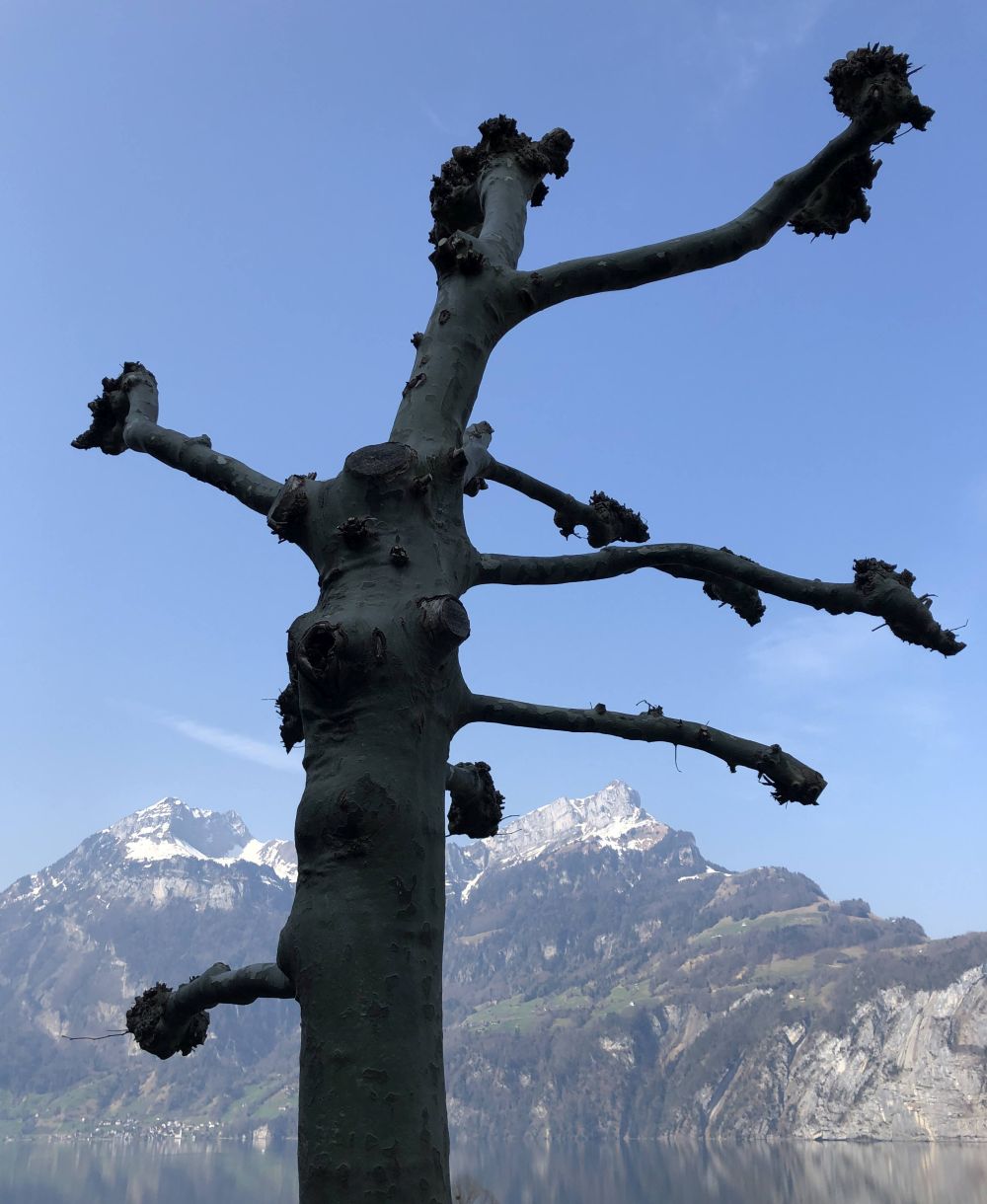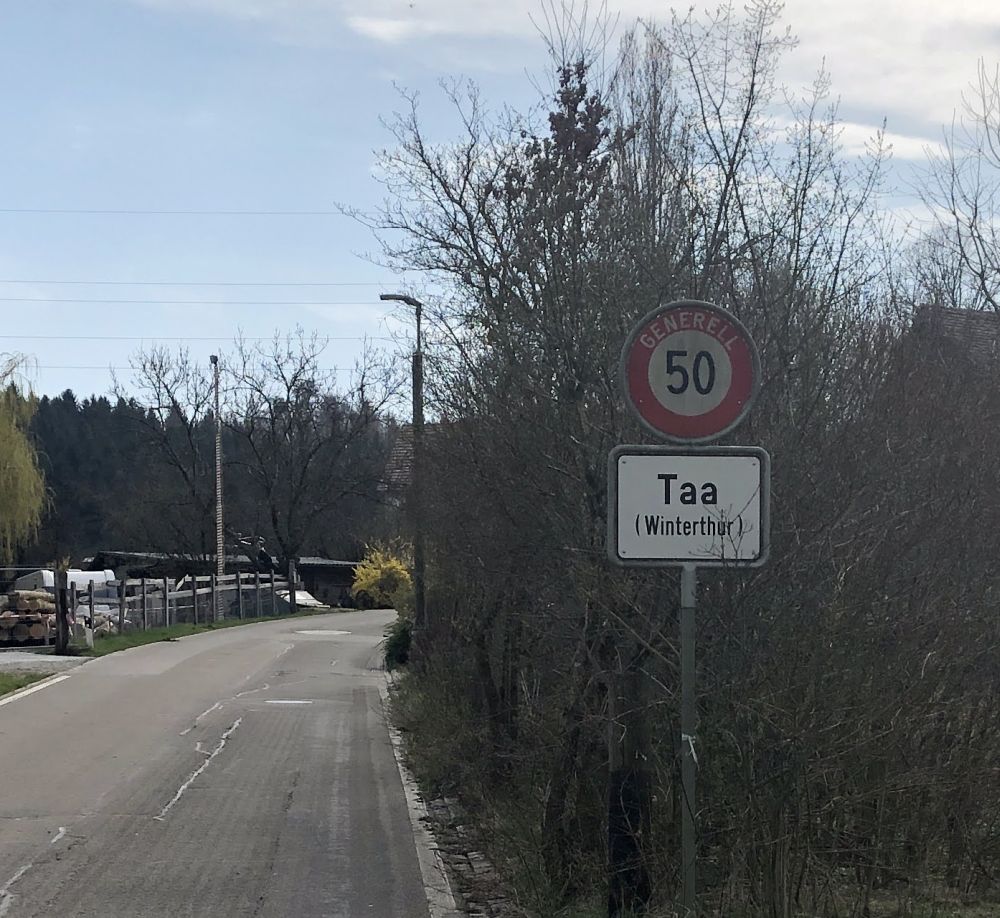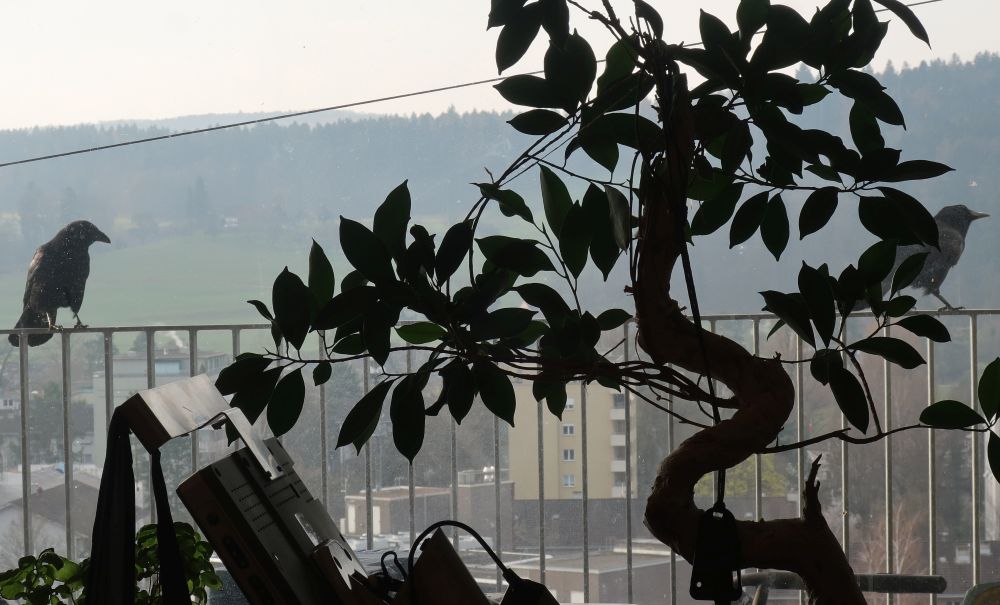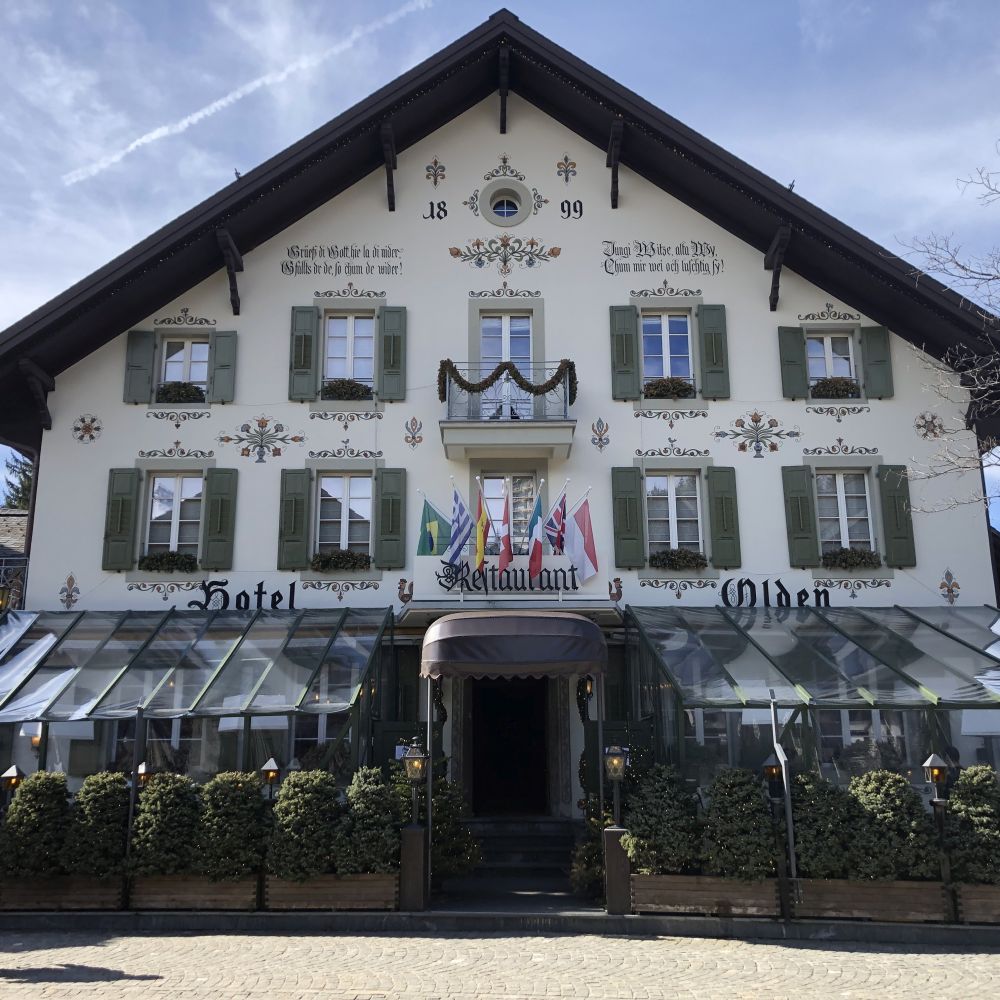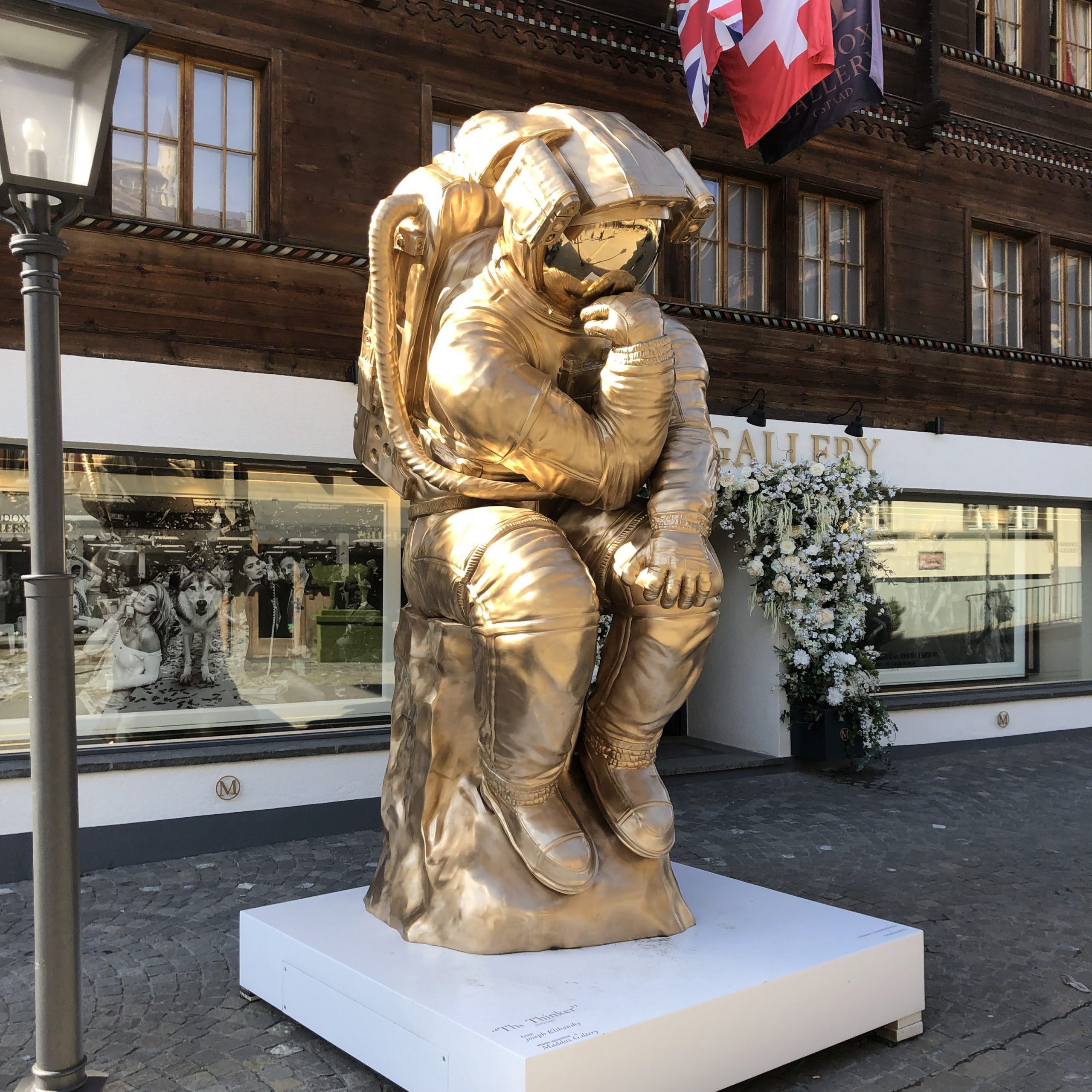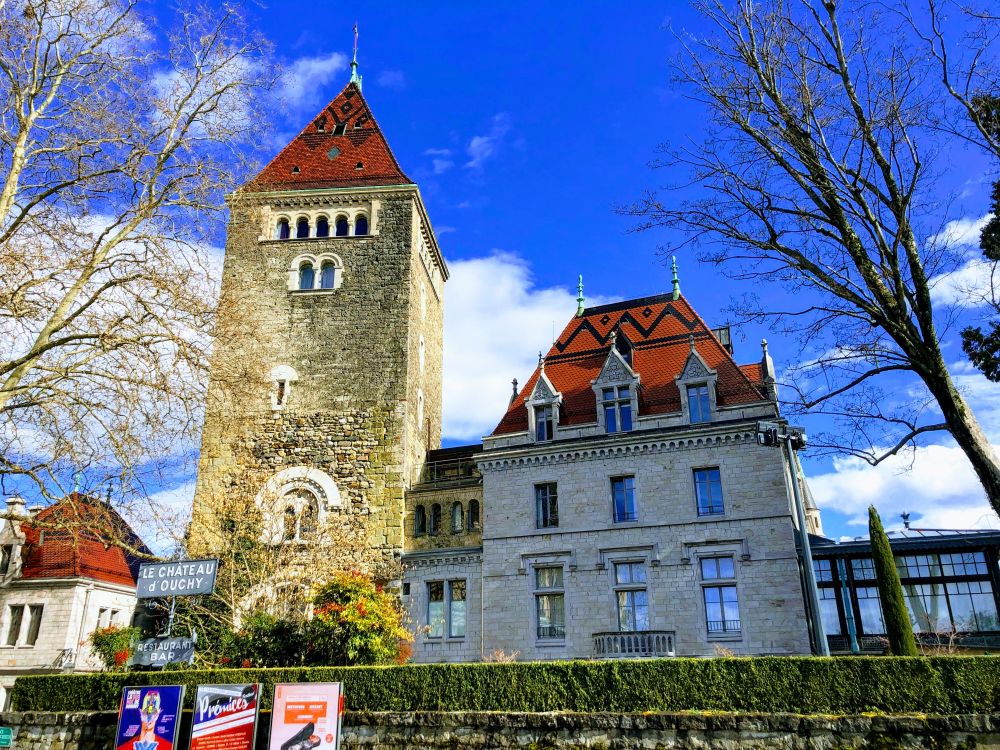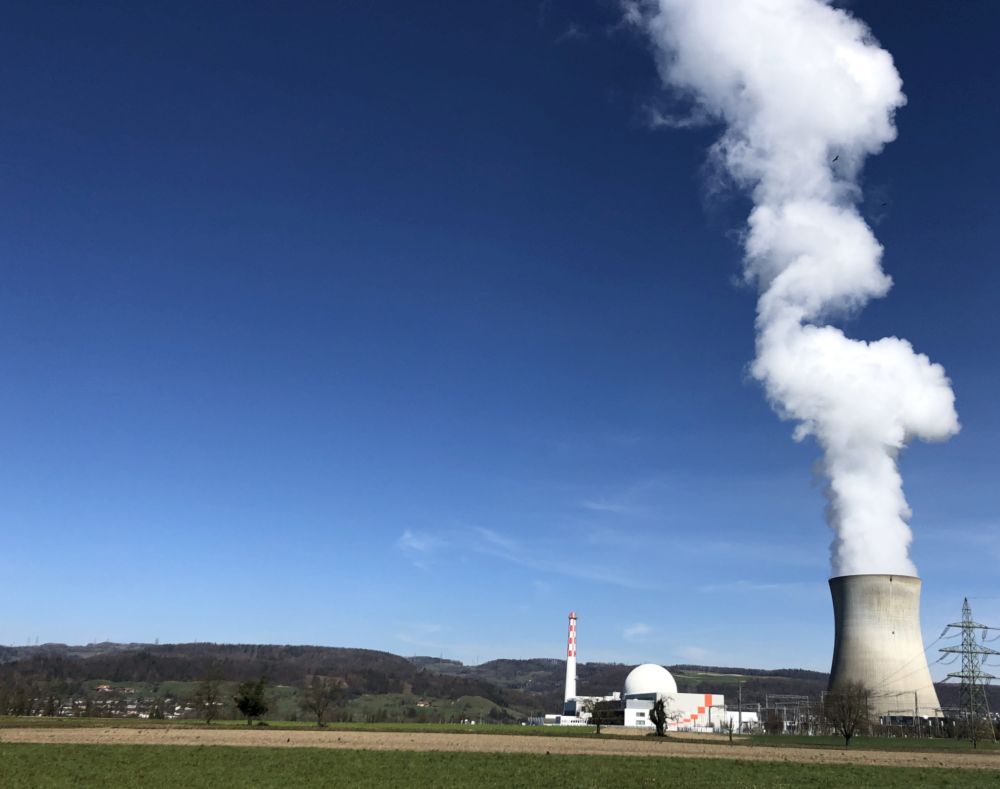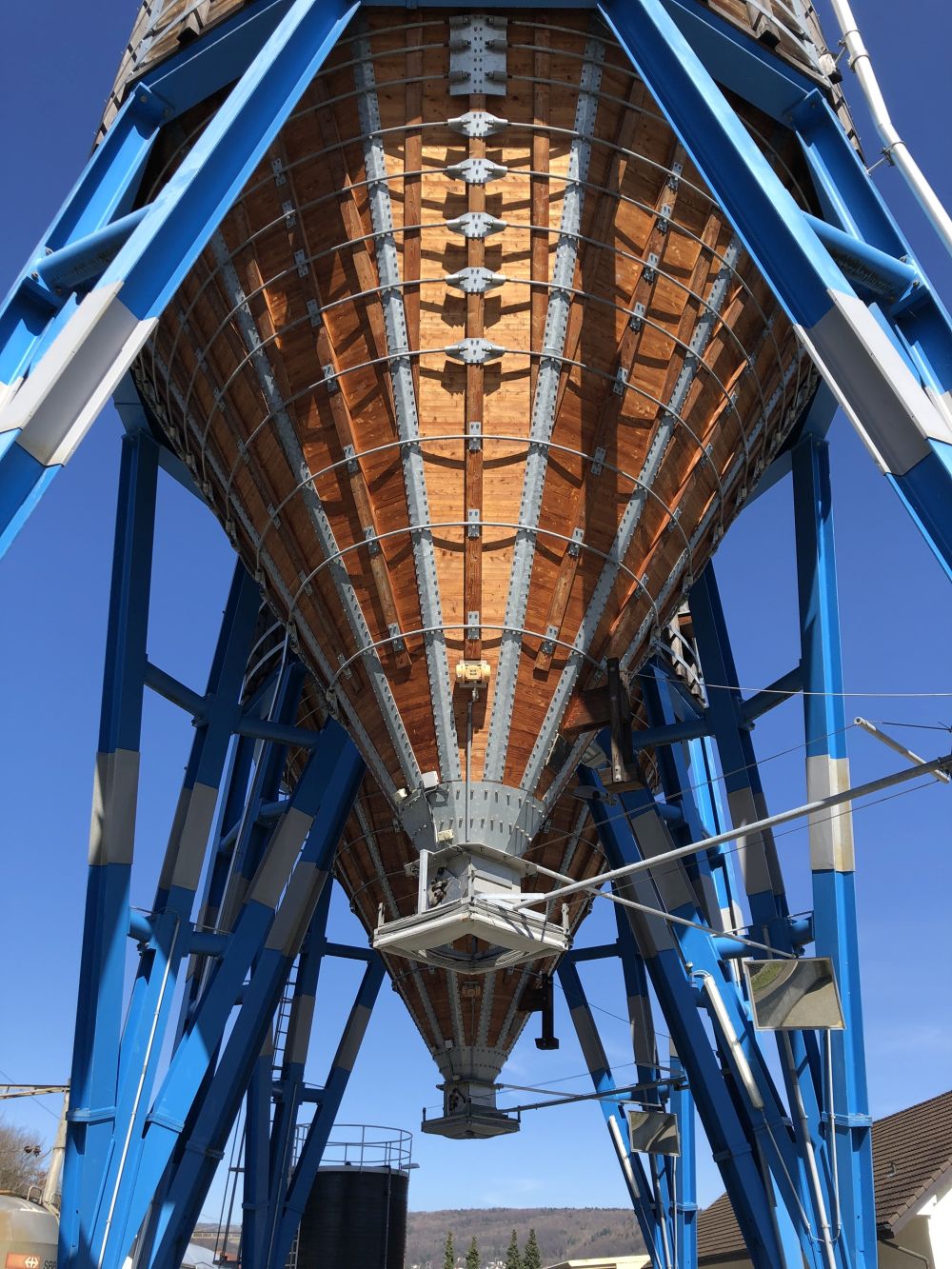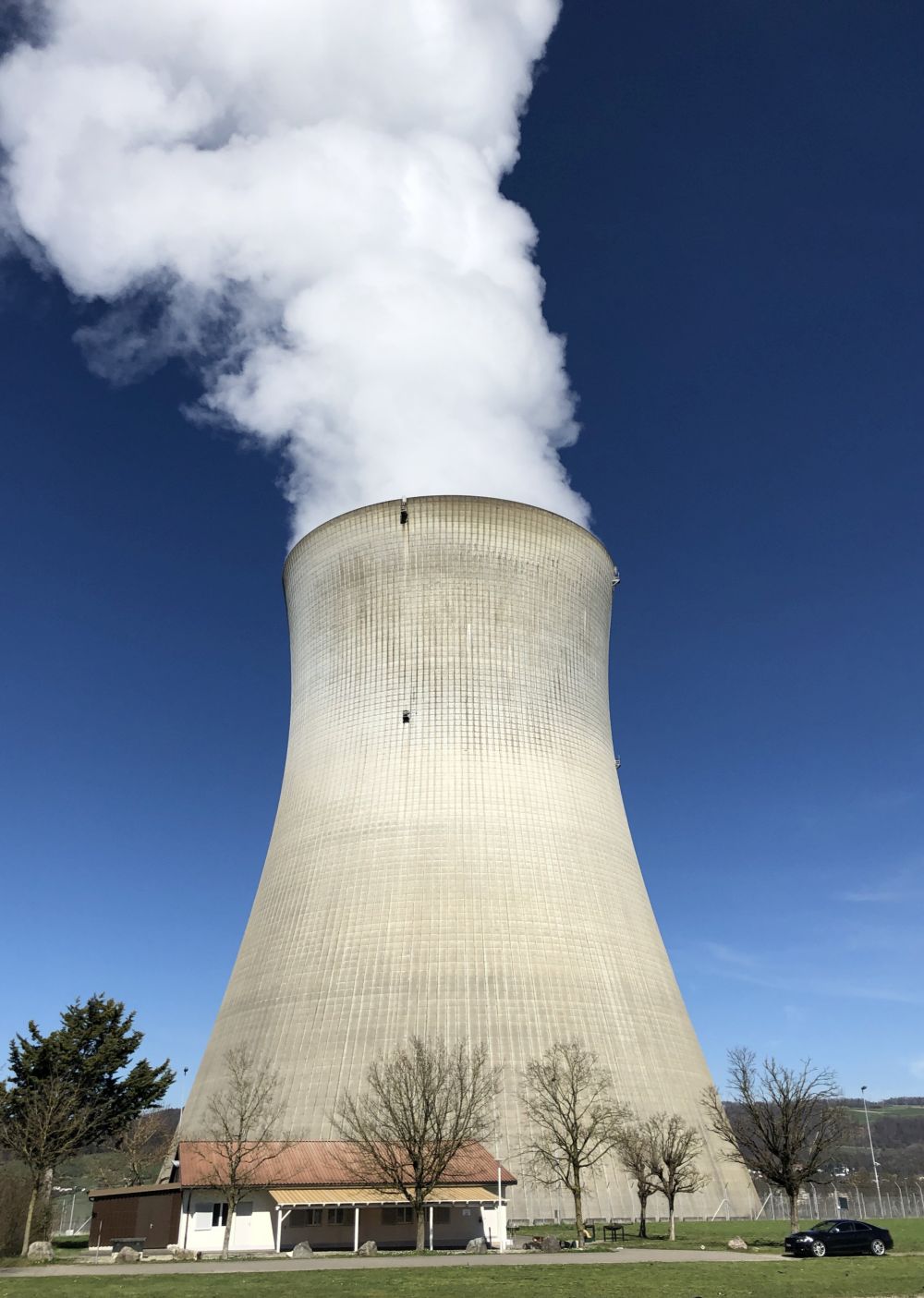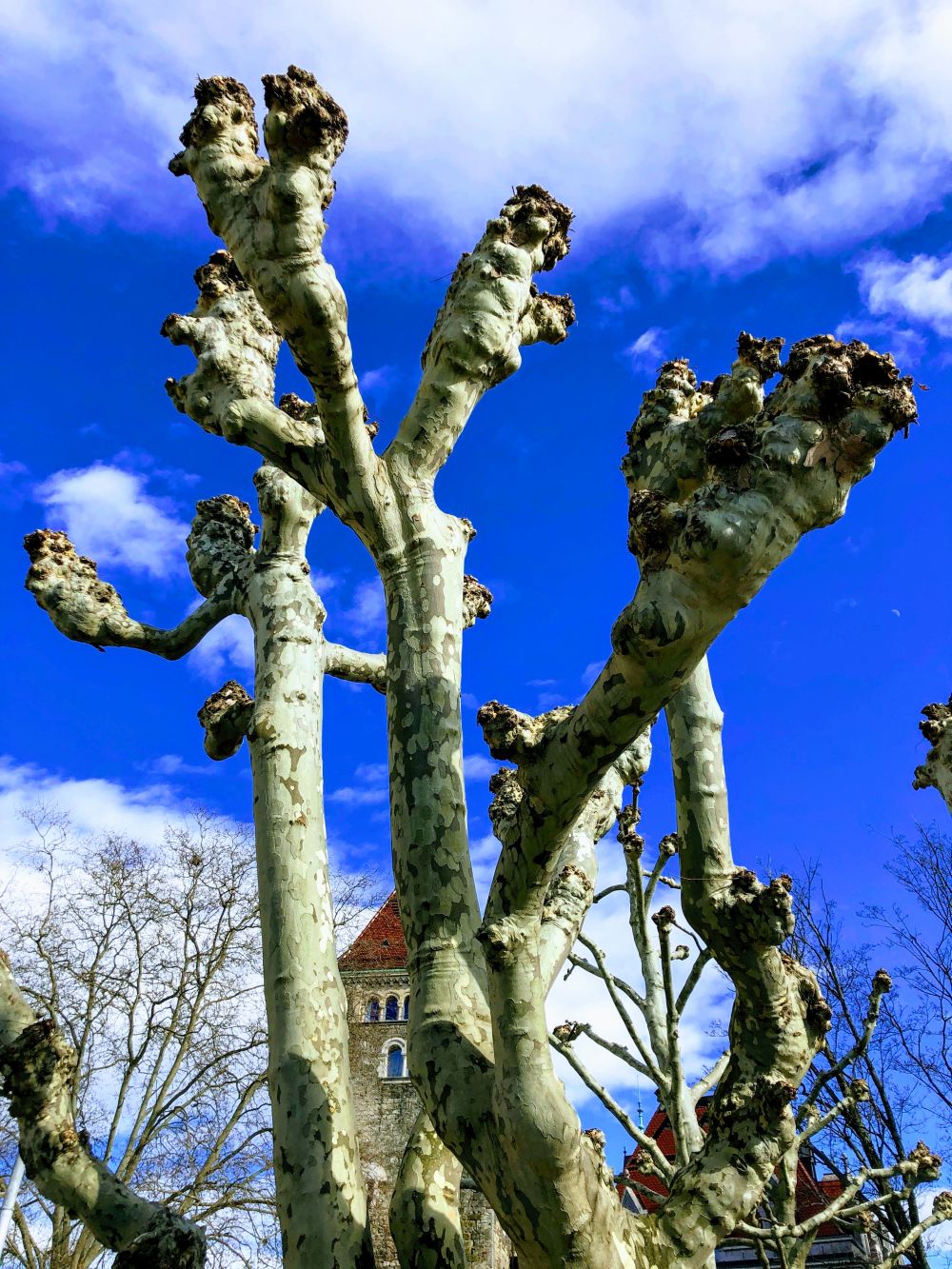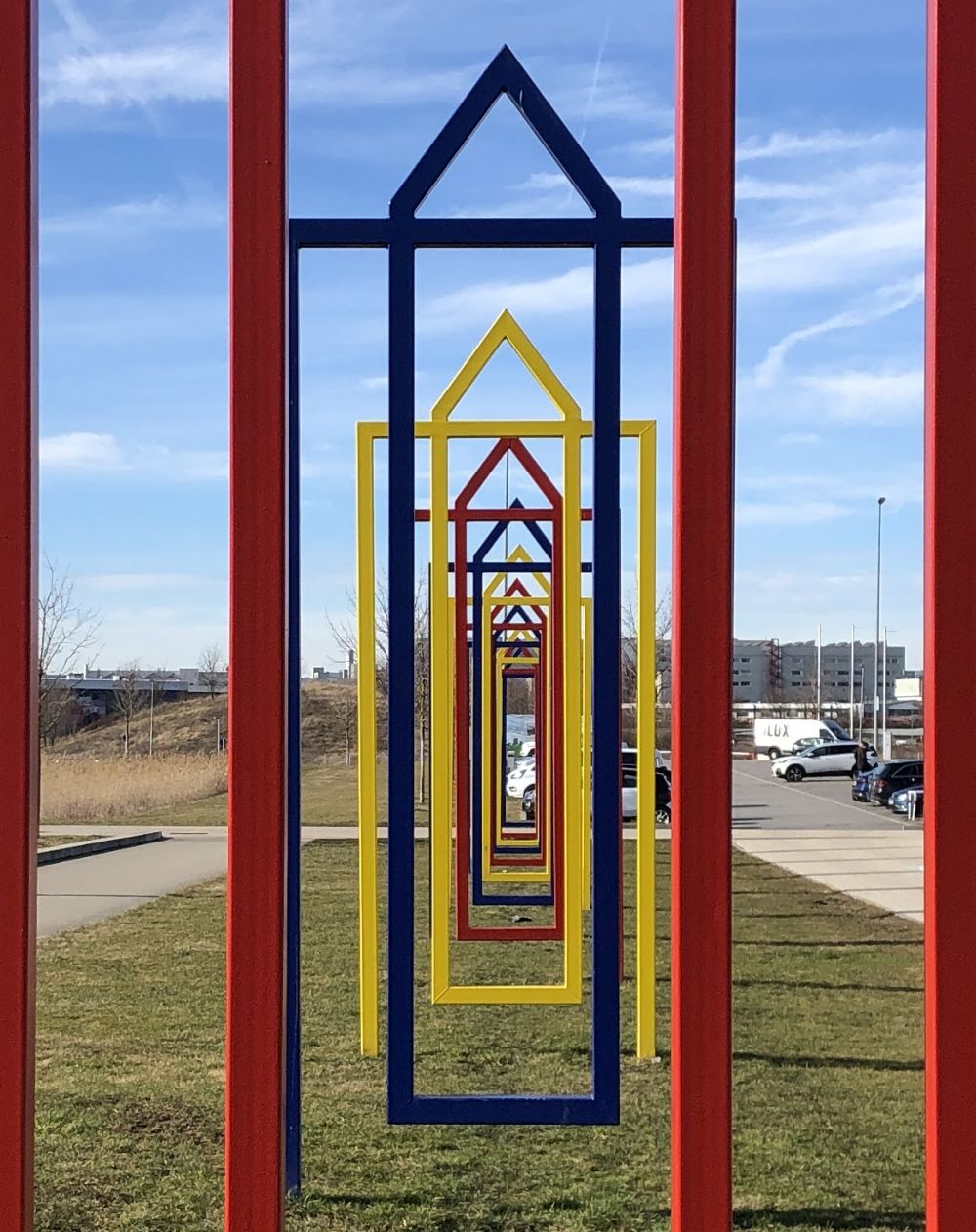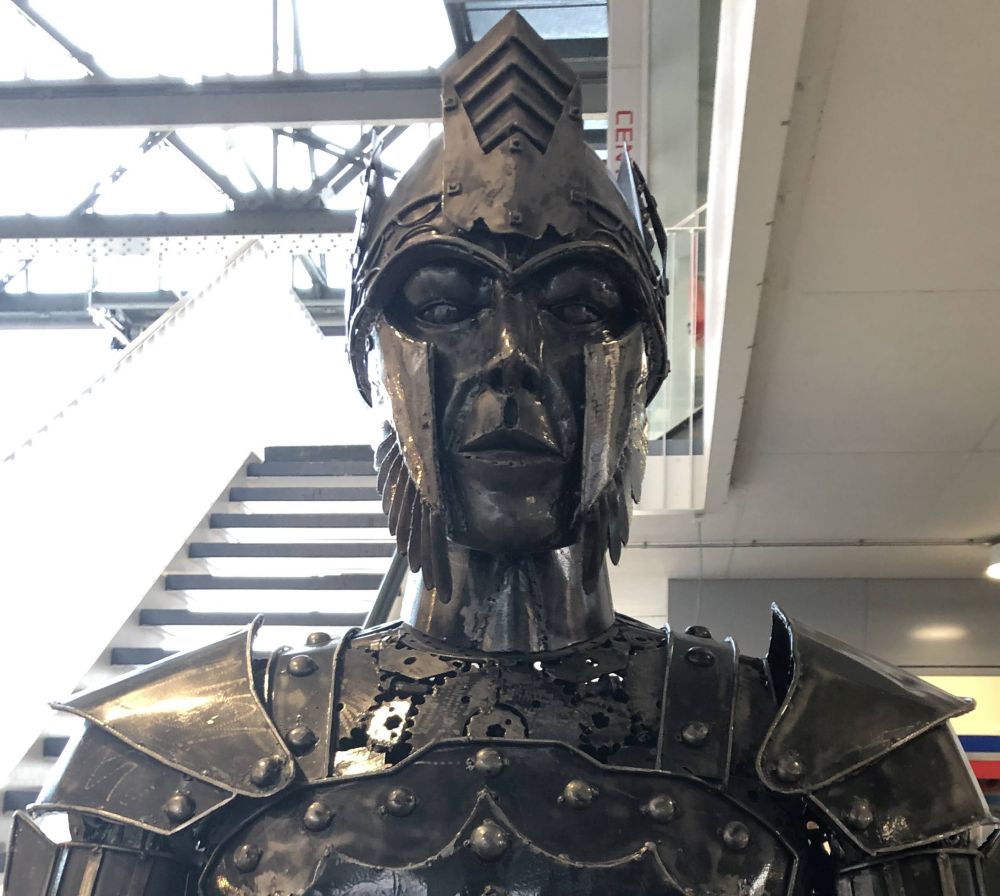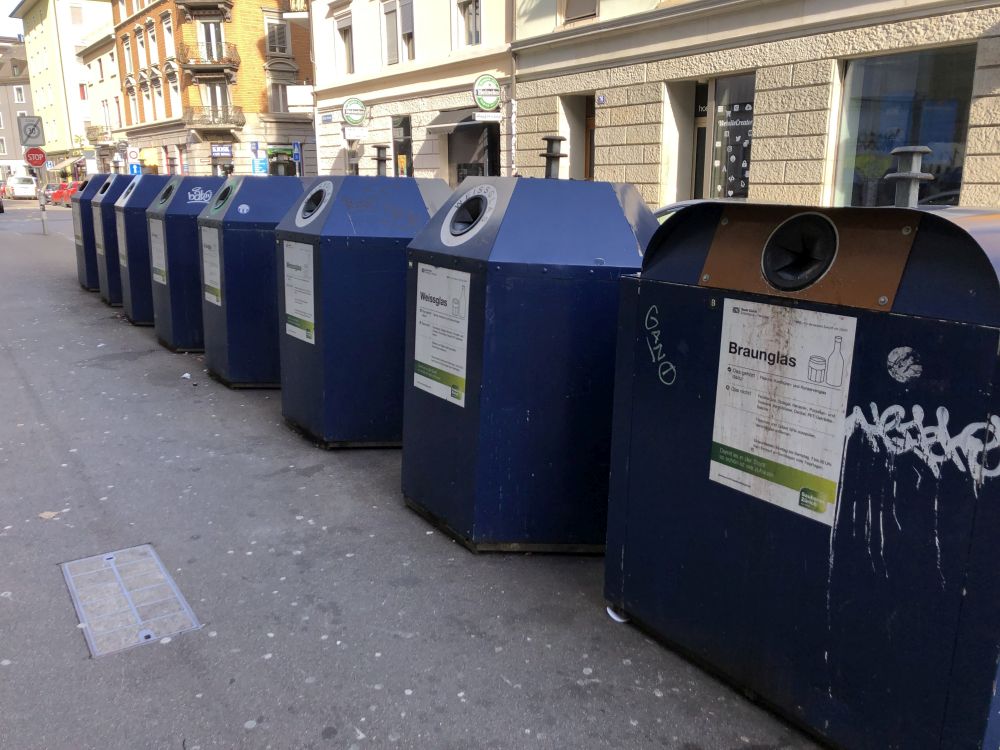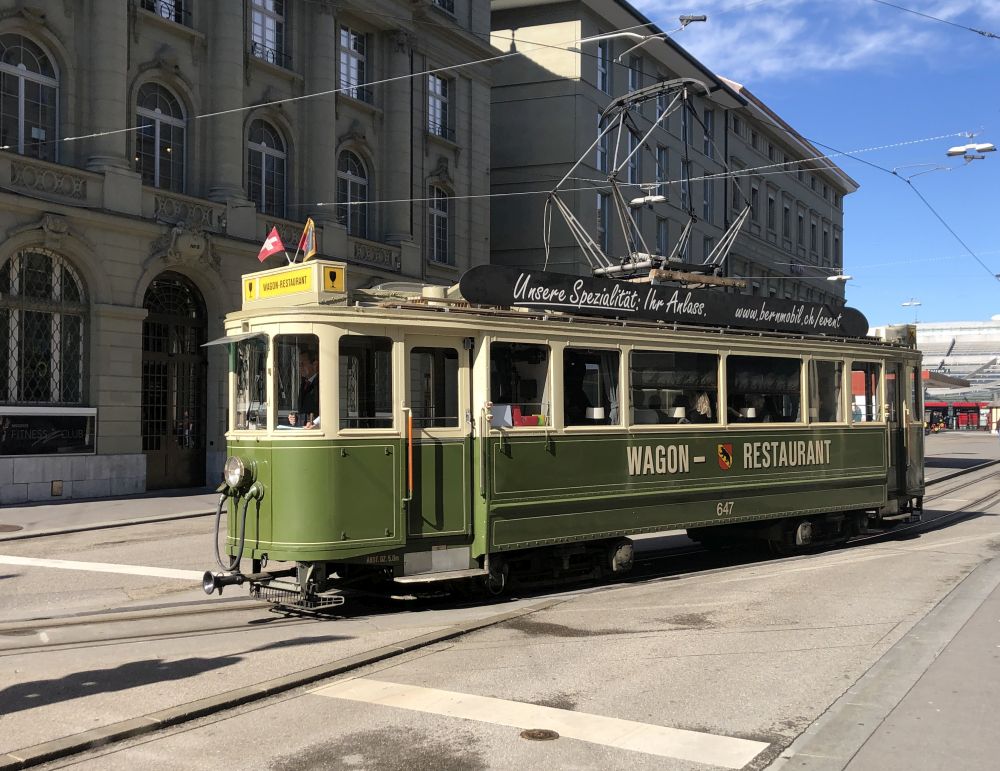A tree in the springtime, in the Swiss village of Flüelen, just astride the Swiss Vierwaldstättersee, nestled deep in the Swiss canton of Uri,
Month: March 2020
Chapel on a Hill
Took this nap in the Swiss village of Flüelen,
Interestingly, this little village is nestled in the Swiss canton of Uri – a very remote canton, thought to be the birthplace of William Tell.
Little Kentucky in Switzerland
Anyone who has been to the US state of Kentucky will feel right at home in North Central Switzerland!
Well, maybe not entirely.
Sadly, there are zillions of people of Kentucky who don’t believe in evolution or modern science.
Sadly, there are zillions of people in Kentucky more than willing to shoot you if you get near their crystal methamphetamine laboratories. (It nearly happened to me.)
But these are just little differences! What Kentucky and North Central Switzerland share is a love of everything horse, as this roundabout shows:
Neanderthals in Switzerland
The Neanderthals were named for ancient human remains that were found in a valley of the same name, just north of Switzerland – and there is a lot of evidence to suggest that an enclave of Neanderthals existed in Switzerland – indeed, thrived in Switzerland – many thousands of years after going extinct elsewhere.
One bit of evidence for this are bits and pieces of language – linguistic artefacts, if you will.
Here is a town in a highly secluded region of Switzerland that could easily have been home to one of these Neanderthal enclaves:
The town is named “Taa” – no, that is not a Klingon name, although you could be forgiven for thinking it is. It is one of a handful of very strange words filled with hard, explosive sounds.
For another example of a probably Neanderthal enclave, please have a look here.
Winterthur Crows
As artistic a snap as I thought I could take of the “advance troop” of a small crow army that has been visiting my balcony each morning, ever since I put out some food for them.
Interestingly, they arrive very punctually at almost exactly 7 AM – am I their first stop for breakfast, or maybe already it is their first coffee break? They must go to bed quite early – or are otherwise engaged – because after around 3 PM there is nary a crow I will see.
Gstaad Hotel
Thinking Man – in Gstaad
FAKE: Lausanne Chalet
This is what Google did to one of my snaps of a medieval chalet in Lausanne, just a few meters from Lac Léman,
Just for the record: the photos I post are never in any way retouched or enhanced or changed – except for cropping.
But in this series of blog posts entitled FAKE I publish some rather interesting images I have enhanced in some way.
Simmental
Gigawatts in Leibstadt
Hopper Handwerk
Cooling in Leibstadt
FAKE: Lausanne Trees
This is what Google did to one of my snaps of a budding tree in Lausanne, just a few meters from Lac Léman,
Just for the record: the photos I post are never in any way retouched or enhanced or changed – except for cropping.
But in this series of blog posts entitled FAKE I publish some rather interesting images I have enhanced in some way.
Cold fusion: A LESSON from Kelvin Lynn, and a STORY
Recently, my friend and mentor Kelvin Lynn for over 30 years passed away. In so many professional and personal ways I would not be who I am today without the strong positive influence of Kelvin. He mainly taught me it’s never about the subject or how you approach it, whatever that subject might be – it’s about the people you encounter on your journey and how you treat them. Recently, one of his other mentees Marc Weber – now a world renowned physics professor in Washington – recounted some early stories of our first years with Kelvin. What follows below is one of those stories, namely, my own.
In 1989 I was a young 24-year-old aspiring physicist who wanted to change his specialty, and Kelvin spared no efforts to help me out, to help me find a new grad school, and invited me to Brookhaven National Laboratory on Long Island, in New York, to work for him as a lab technician until things got settled. The first task he assigned to me: help him research „cold fusion,“ a phenomenon recently reported by two chemists in Utah, in which they claimed nuclear fusion (like in the sun) could be created with a little battery and an electrochemical cell. I always guessed it was this combination of the Utah connection together with the promise of a Nobel prize that drove Kelvin‘s special passion to tackle this topic. But I don‘t think Kelvin worked on anything without passion – and for a brief while, this was at the top of his passion list.
First, an important lesson he taught me in the beginning. Like 99.9% of the physics community, I believed cold fusion was pseudo-science: a made-up lie or an egregious goof, not worth anyone‘s time to study further. Kelvin corrected me at once, and in a stern way to let me know how serious this was: not only did he say public opinion must not influence us in any way, but he told me our job as serious experimental scientists was exactly to investigate phenomena and, if they did not exist, absolutely prove it beyond a shadow of a doubt. Reproducibility was crucial in the process.
Those were two major lessons I’ve carried with me ever since.
But then, a funny story for anyone who knew how fast Kelvin could think and react. As part of our experiment we built a huge water bath the size of a large bathtub, and we filled it with electrochemical cells like they use for electric plating of metals. This was supposedly how cold fusion could be triggered, with a battery, inside of these cells. All the electrical power meant that our bathtub full of water was at a very warm and comfortable 70 – 80 degrees F, just like an aquarium. So as a creative-but-still-quite-juvenile 24-year-old I thought: wouldn‘t it be cool to add a few goldfish? They would not disturb our experiment in any way, but our laboratory would be nicer with some pretty fish swimming around in the bathtub.

So I went to the pet store together with another student, Peter Dull, to buy a few goldfish. (Peter also thought it would be a fun idea.)
Anyway, a day later and before Kelvin could find out about the fish, the Director of Brookhaven National Laboratory decided to personally visit our laboratory and experiment together with a group of BNL‘s highest ranked Senior Scientists. This was the first time Kelvin learned about or saw the fish. The Director was shocked to see goldfish in a physics laboratory – as I recall, the Director screamed more than a few obscenities! The other Senior Scientists were similarly shocked. But Kelvin did not miss a beat! In a very calm voice he corrected the Director: cold fusion had the potential to be so dangerous to human life that we felt obligated to add the goldfish, to act as our canaries-in-the-mine in case any hazardous radiation was released! Of course, neutrons were expected as a key signature from cold fusion (just like regular fusion).
Under pressure, Kelvin could sell anything, to anyone, at any time. So it was no surprise the Director and the Senior Scientists believed this – well, mostly – and the talk quickly changed to more serious subjects.
By the way, Peter Dull was one of many, many of Kelvin‘s students went on to have a stunning international career. Now a medical doctor, Peter worked for the Center for Disease Control (CDC) and was in charge of managing the SARS virus outbreak some years ago. And today Peter works directly for Bill Gates, in charge of all immunization research for the Gates Foundation. I never believed Kelvin picked superstars for his team – I am living proof of that. Rather, a few years working closely with Kelvin could turn some people like Peter and many, many others into superstars.
Kelvin Lynn paid forward the gift from one of his early teachers who noticed the spark of scientific curiosity in a kid running wild in the hills of South Dakota.
Epilogue: The goldfish became even more famous. Turning belly-up due to cold fusion would show their lighter color side. So a simple photo-detector would suffice rather than expensive neutron detectors. Well, as Nature will have it, the fish perished rapidly. It turns out, however, they did not succumb to neutron radiation but got entangled in the propeller of the water circulation system to keep the tank temperature homogeneous.
Mind-blowing Metal Sculpture from the mind-blowing Auto World
This is the mind blowing art that greets visitors as just before they enter the mind-blowing Auto World in Sindlefingen, Germany:
But what is Auto World, you may ask? It is a mind-blowing concept that is totally unique to Germany, and in upcoming blog posts I will be sharing more information about this!
Mind-blowing Metal Man from the mind-blowing Auto World
More garbage in Zürich
Continuing the series, here is a long bank of recycling contains in Zürich,
The mind blowing restaurant trams of Switzerland
As any visitor to a large Swiss city like Zürich knows, the Swiss are proud of their public transportation – and rightly so. Next to Japan, it’s the most punctual and reliable transportation in the world.
But did you know something else?
The big cities in Switzerland have large collection of antique electric trams – and some of these trams have been turned into travelling restaurants, such as this snap of a restaurant tram in Bern shows:
I’ll post more pics of restaurant trams in different cities as time permits.
